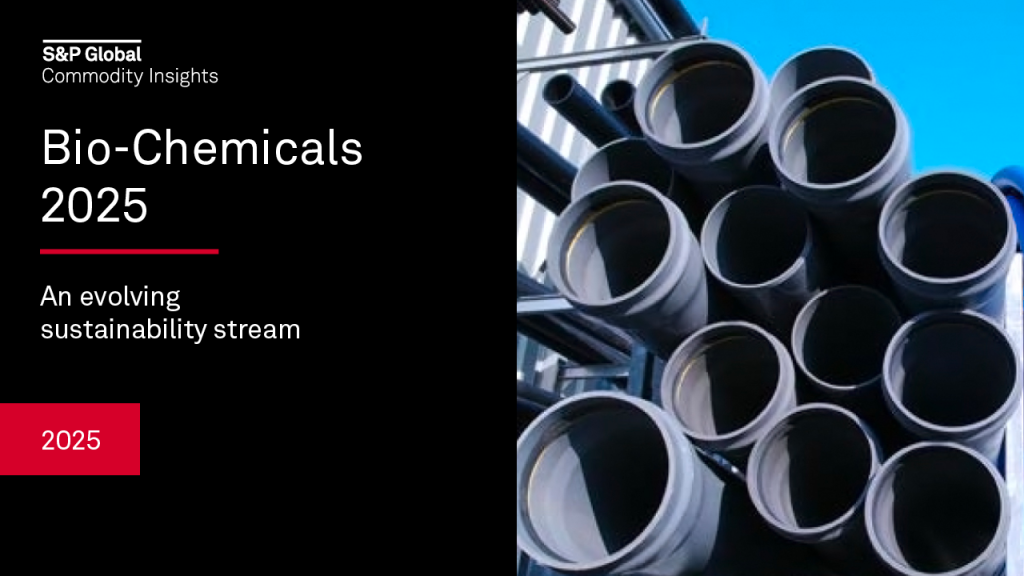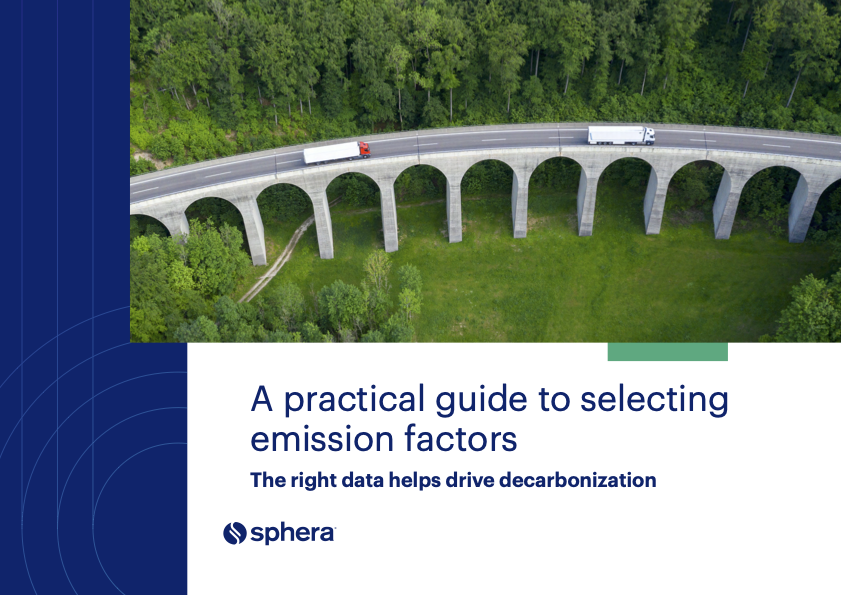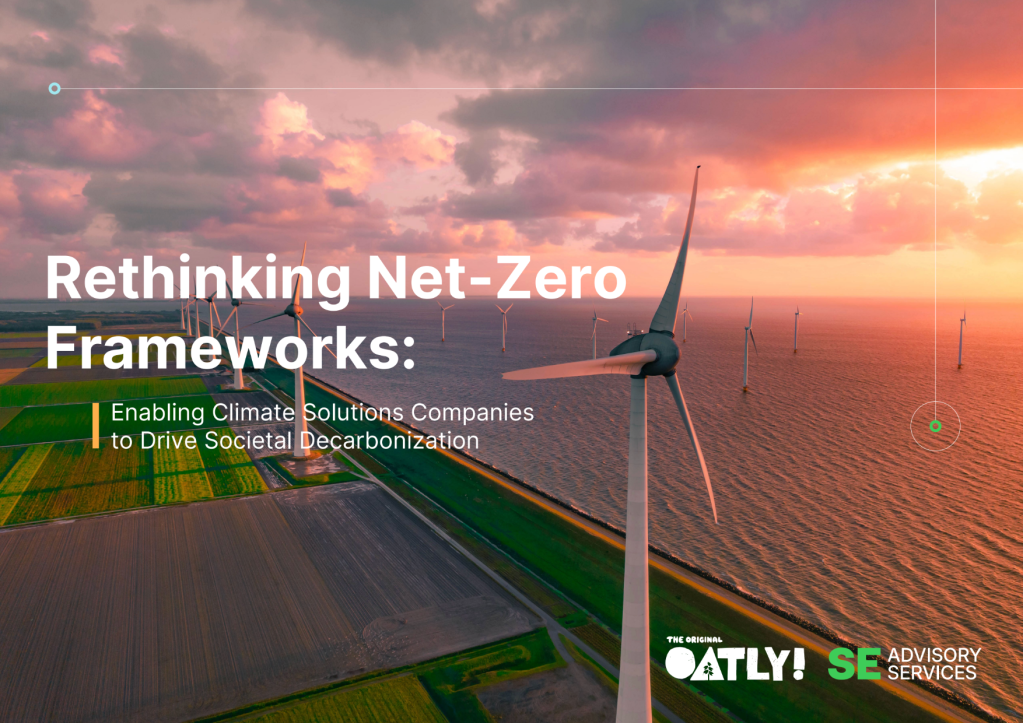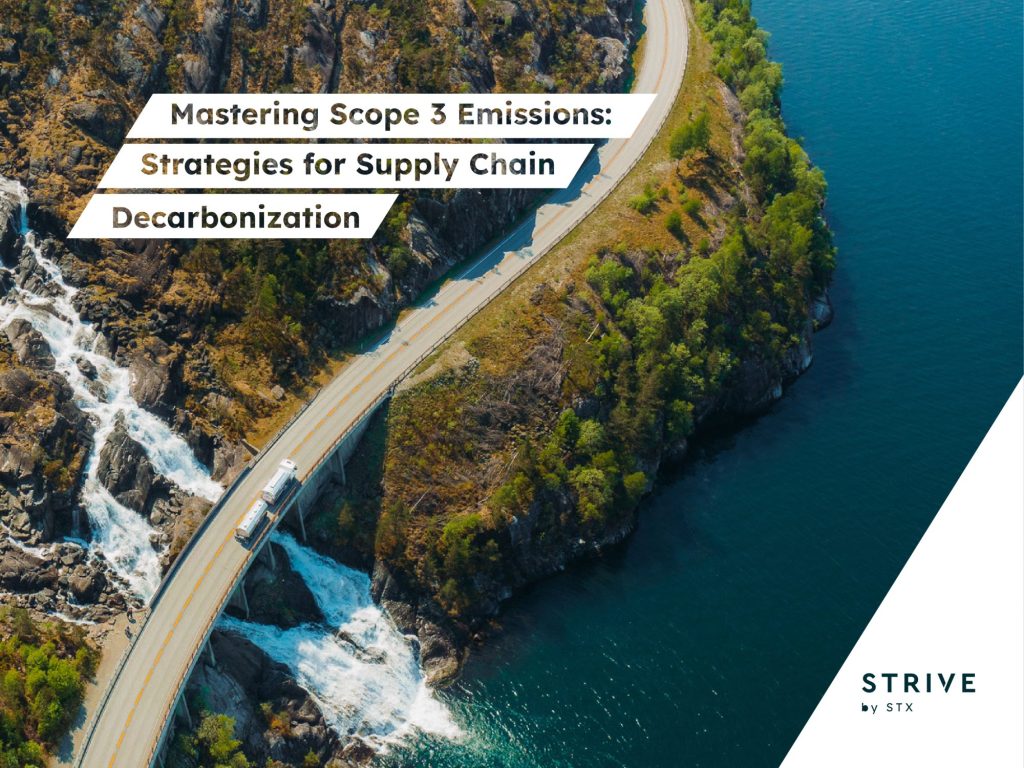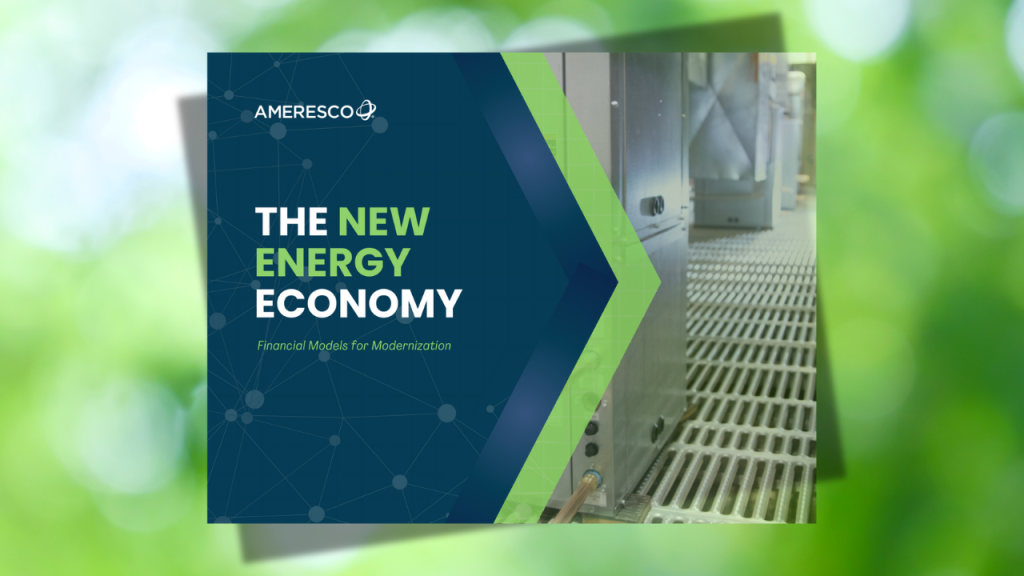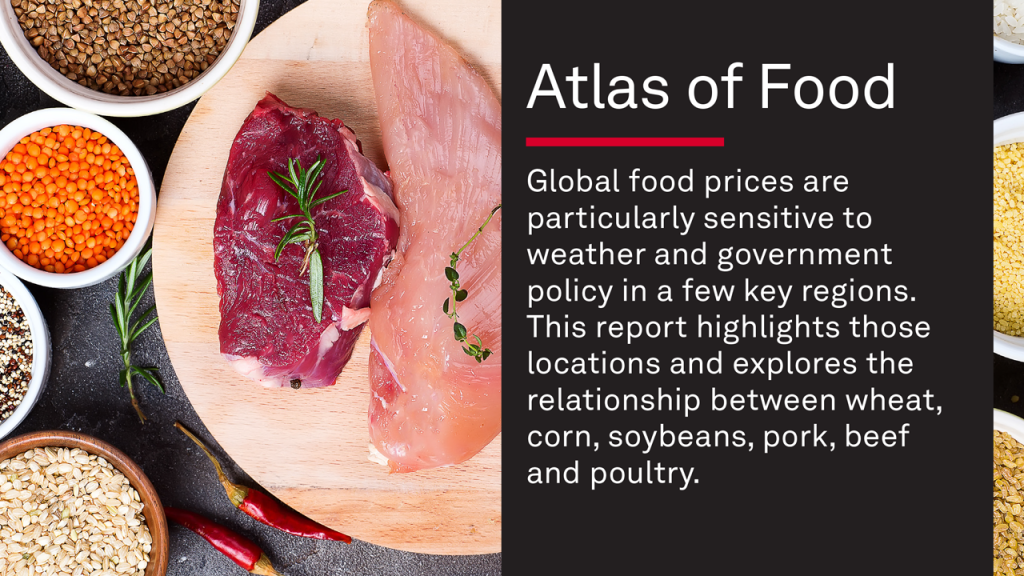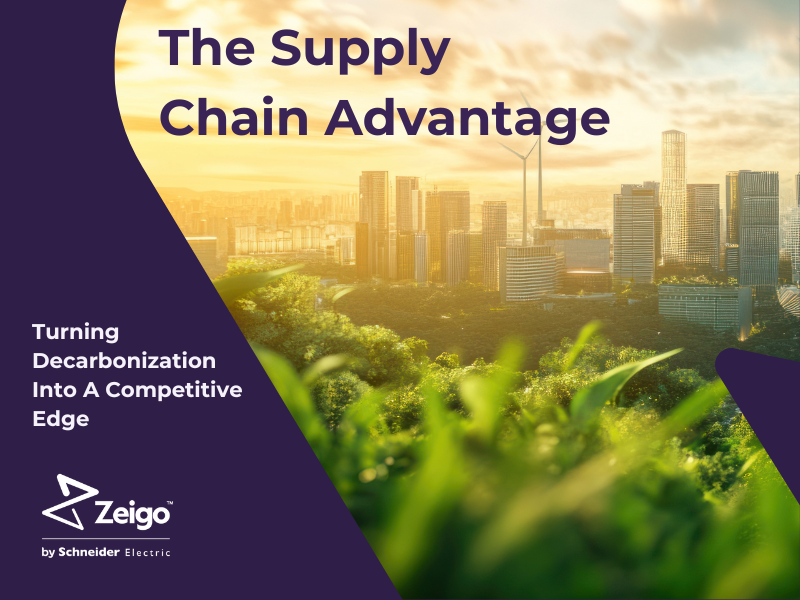It’s hot, chaotic and lacks companies — but COP30 can still be a turning point
A textured, human and hopeful picture of what’s actually happening on the ground. Read More
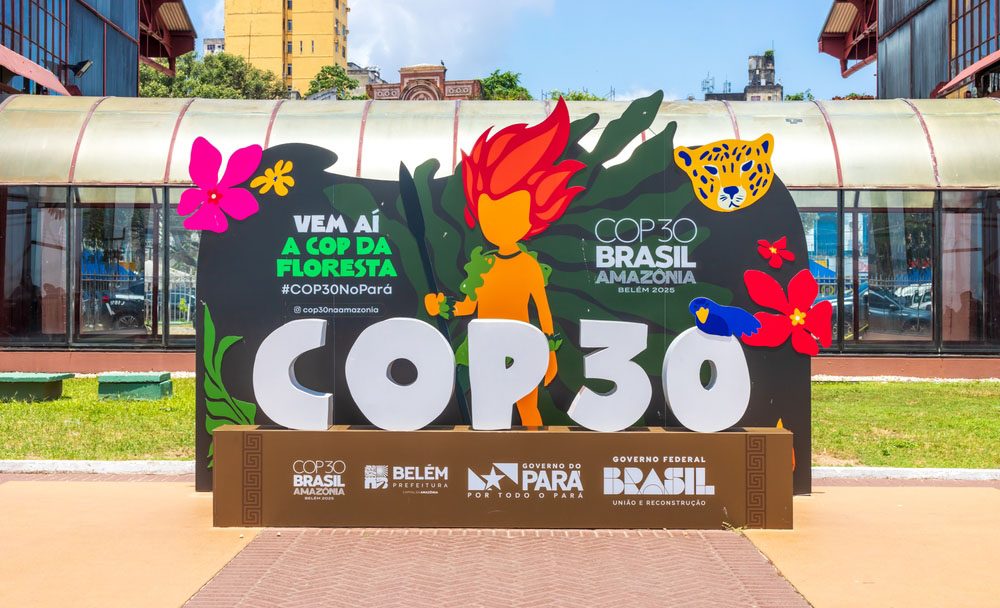
What’s going on at COP30? You wouldn’t know much by reading the mainstream media, other than the relatively mild protests and the usual infrastructure problems nearly all U.N. climate summits face. But what should companies know about the substance of the event?
In this episode of our Two Steps Forward podcast, my co-host, consultant Solitaire Townsend and I take stock — her from inside the Blue Zone at COP30 in sweltering Belém, Brazil, and me, comfortably, at home.
Despite what global headlines suggest — a swirl of heat, humidity, flooding, bad food, logistical breakdowns and even “violent” (according to media reports) Indigenous protests — Townsend paints a more textured, human and hopeful picture of what’s actually happening on the ground. COPs are always messy, she reminds us. And this one may simply be messier.
Along the way, she asked a number of fellow attendees, “What would two steps forward be for COP30?”
What’s different this year
What distinguishes COP30 from its predecessors, Townsend argues, is the emergence of a formally recognized Action Agenda, Brazil’s plan to integrate hundreds of climate-aligned initiatives directly into the official Paris negotiation process.
For the first time, efforts historically considered “side events” — on forests, culture, mobility, health, the built environment, Indigenous rights and more — have been vetted, validated and added to the COP program itself. As Townsend notes, there are now over 200 PASs (for “Plan to Accelerate the Solution”). Each must set goals, outline implementation plans and report progress.
It may sound procedural, but the implications are significant. Governments still negotiate the “floor” — the minimal outcomes required under the Paris Agreement. But these action agendas represent the “ceiling” — what coalitions of governments, companies, nonprofits and communities are willing to do voluntarily and collaboratively.
This year, for the first time, the ceiling is formally incorporated into the main structure.
On the ground: Heat, color and humanity
It’s impossible to ignore the physical intensity: temperatures in the 90s Fahrenheit, humidity near saturation, long queues and limited shade. So intense, in fact, that COP organizers emailed attendees beforehand encouraging them not to wear business attire in order to avoid heat stress. The result, said Townsend, is the most colorful COP she’s attended, with bright shirts, sundresses, indigenous garments and Amazonian prints replacing the usual sea of gray suits. And with that, the energy between people seems to have shifted.
She also reminds us of the often-invisible labor force: thousands of young, local volunteers who guide, translate, manage crowds, clean facilities and proudly wear their COP30 T-shirts. Their enthusiasm, she says, is its own climate solution.
Violent protests?
While the international press breathlessly reported “violent clashes,” Townsend offered a reality check. A small group of Indigenous activists pushed through a COP entrance, resulting in what she described as “the tiniest of tussles” — hardly the baton-swinging melee portrayed in the media. Another much larger indigenous protest formed a peaceful, symbolic human chain around the perimeter, blocking access for several hours.
In a world where protests were restricted or suppressed at multiple recent COPs, many attendees welcomed the return of visible action from civil society.
Where are the corporations?
Media reports suggest that corporate attendance is sparse. Townsend’s experience? Many companies simply shifted their presence to events the week prior in São Paulo and Rio, where travel logistics were easier. She said she’s seen plenty of business leaders in Belém’s informal spaces.
Still, a notable development: U.S. federal officials are almost entirely absent. California Gov. Gavin Newsom has effectively become the highest-ranking American at COP30, underscoring his state’s outsized role in climate policy — and the vacuum left by federal disengagement.
Attending or not, business leaders should tune into the conversations at COP30 about forests, land-use risk, Indigenous sovereignty and nature-positive supply chains — all areas where companies face rising scrutiny and expectations.
Net-net, Townsend shared, she’s coming away energized. With the action agendas now part of the Paris framework, she believes this COP may mark a turning point—from years of setting goals to a decade focused on implementation.
That word — implementation — is the unofficial theme of COP30. And if that momentum holds, it might just be the two steps forward we’ve all been awaiting.
The Two Steps Forward podcast is available on Spotify, Apple Podcasts, YouTube and other platforms — and, of course, via Trellis. Episodes publish every other Tuesday.


